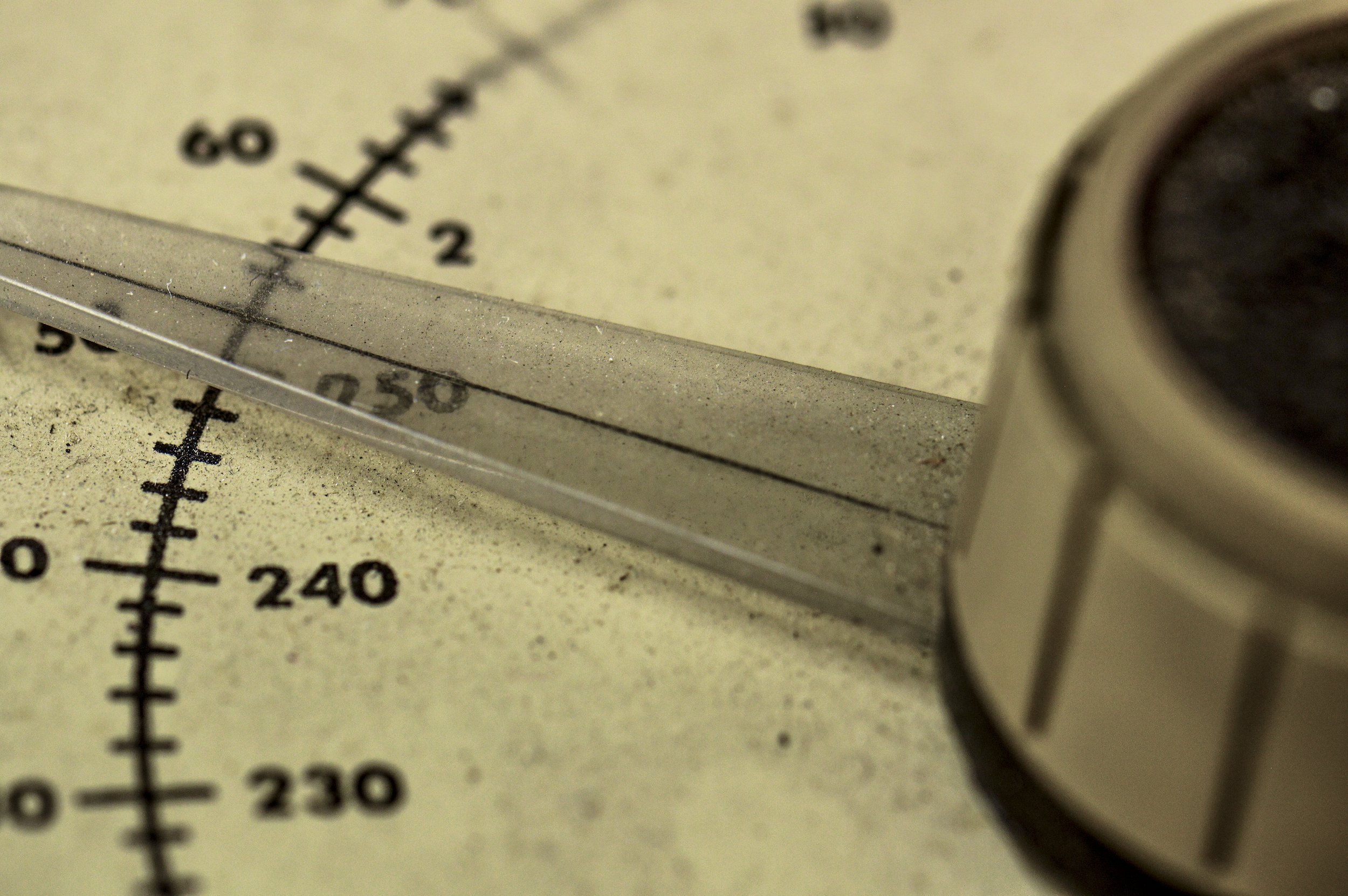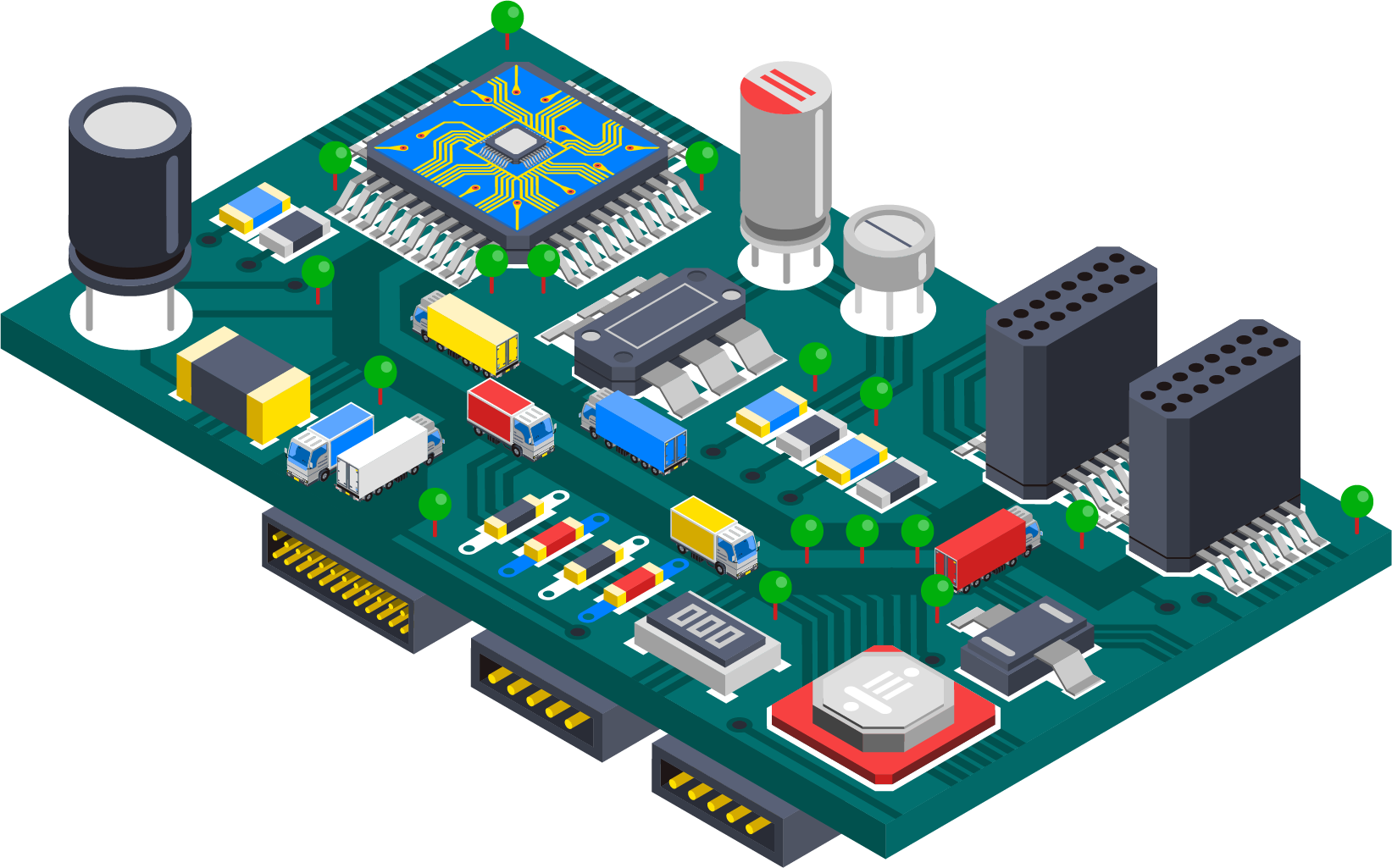
Electrical Engineering
I often say Electrical Engineering is just Mechanical Engineering, but with more parts (and complexity), and this is because once you get past the idea of ideal academic electronic performance, you must deal with real-world material limitations, thermals, parasitics, and other forms of lifecycle degradation. If you think about robotics and automation, systems are either moving, sensing, displaying (illumination), or transmitting data. Electrical and mechanical work in concert to solve many problems while also creating new ones. As the voltage and current increase, the problem-solving becomes far more mechanical in nature. I respect ground loop issues, component isolation, thermals, vibration, moisture, chemical contamination (the reactivity of materials and how they respond to electrical charge), the fundamentals of optics and photonics, RF, system cables, pedigree components and parts, redundancy, safety and fire, industry standards, quality control, and design.
I started working with electronics around the age of 7. The journey started somewhat academically by only focusing on the fundamentals of electricity and magnetism with simple circuits, motors, generators, and electromagnets. I soon discovered books on electronics and the store Radio Shack which opened up a whole new world. I built everything from audible light detectors to crystal radios to digital clocks. A lot of this discovery was pre-Arduino, therefore all circuit design was analog which really drove home fundamental electronics engineering disciplines that we often take for granted today with inexpensive total hardware solutions. Today, electrical engineering is just another tool in my trilogy for designing and building robots.
